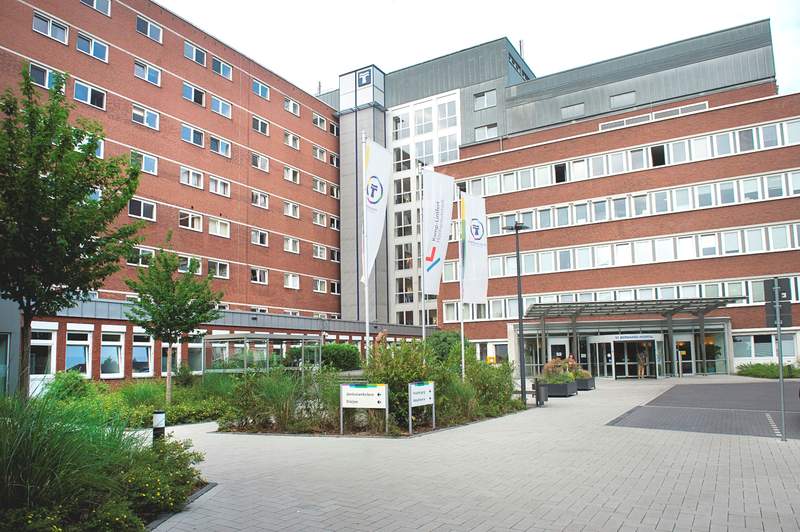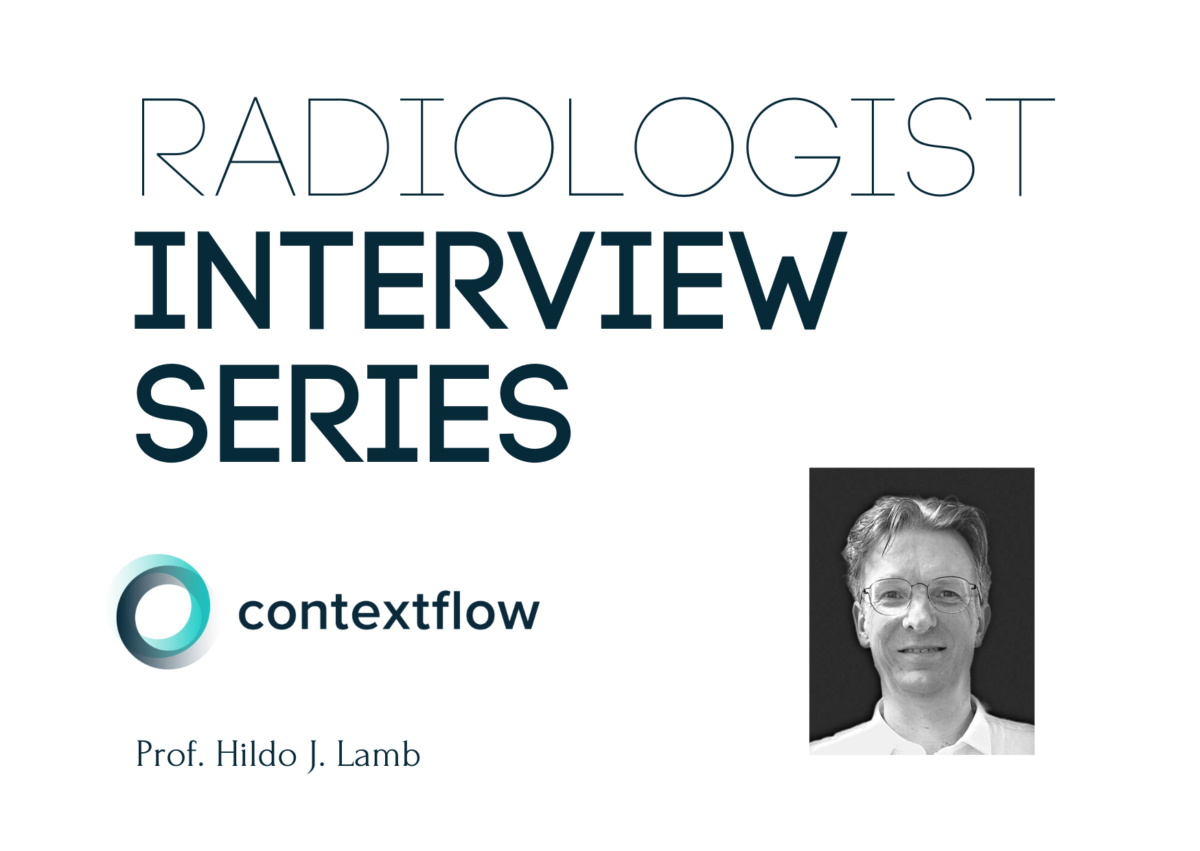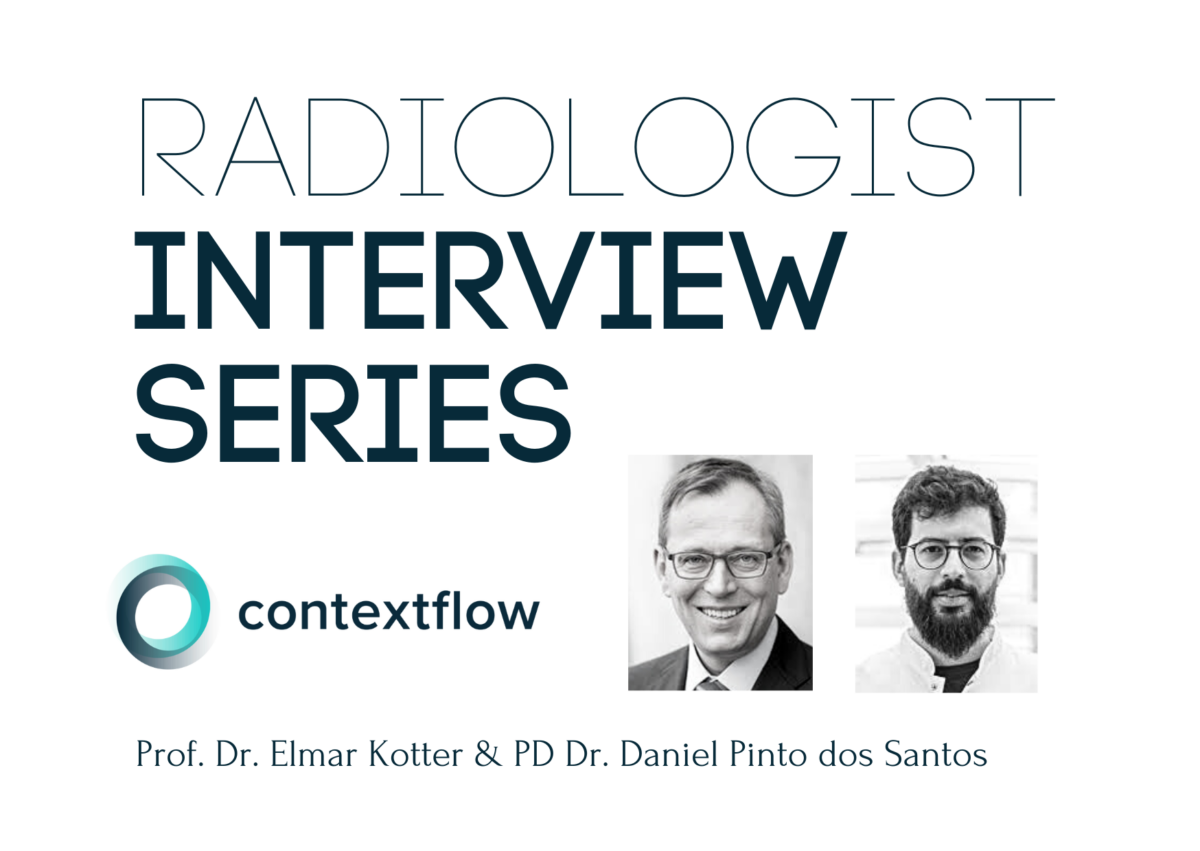
The « Interest Group for AI in Imaging » (AIGI) started its work in January and advocates the optimization and greater use of IHE profiles when using AI (Artificial Intelligence).
AI applications are slowly becoming the standard in radiological reporting, but there’s a lack of standardization when it comes to the implementation of AI. Two IHE (Integrating the Healthcare Enterprise) integration profiles already exist (IHE AIW-I & IHE AIR) for the integration of artificial intelligence (AI) and its communication with DICOM data, but so far there are only very few implementations in current products visible. Thus, Marc Kämmerer, member of the IHE Europe Steering Committee and Head of Innovation Management at VISUS Health IT GmbH, initiated AIGI.
What is AIGI?
AIGI is a task force of IHE Europe consisting of radiology AI users, software and PACS vendors, marketplace operators as well as other interest groups. Its main interest and goal is to define the means for a standardized and applicable data workflow for actual use cases in European healthcare systems, including how to:
- deploy and maintain AI applications
- connect AI applications with end users’ systems
- integrate the AI application output in end-users’ systems
- collect and provide end user feedback
Examining the entire workflow between user and AI
The demand for standardization is high from all sides of the workflow equation. AIGI is examining the entire process chain between the user and the AI solution for practical applicability and feasibility on the basis of the profiles mentioned. Looking for holes in the existing standards, the group will create proposals and frameworks for improved, bi-directional data flow between AI and the user.
One initial area of focus: currently when a radiologist sends DICOM data to an AI software, there is no feedback as to how long it will take for the result to reach the PACS. Should the radiologist wait or start with the next patient? A status query could be integrated as standard via the IHE AIW-I profile, and that is exactly the type of question AIGI hopes to standardize.
The same applies to error messages, which previously only took the form of empty reports or system crashes. Similar to DICOM email, feedback should be given here as to whether and what type of error has occurred. In terms of interoperability, the content of these messages would have to be defined so that they have the same meaningfulness independent of the display system.
Another example: When reporting, it can make sense to play certain evaluations prominently on the surface – for example, degrees of malignancy in mammography. In principle, this is possible via DIOCM-SR objects, but here too the challenges lie in the details.
Simplified AI access for all
“Working on these standards is very important in order to implement binding structures in the AI processes as early as possible. We are currently noticing that many AI providers and AI marketplace operators are working with APIs. However, it is impossible for PACS manufacturers to use all the APIs available on the market. There are currently well over 20 AI marketplace operators and several hundred AI providers. Here we have to find solutions quickly that ultimately benefit everyone involved – manufacturers and users. From the positive response to our task force, we can see that fortunately all parties involved see things the same way. And it didn’t take long for the IHE to convince the group to set up the group, » says Marc Kämmerer, pleased with the response from industry and practice.
contextflow is a proud supporter of AIGI. Currently we are participating in the subgroup related to Longitudinal Data, Reporting, and Pseudo-/Anonymization. The AIGI Taskforce is open to additional members. Its intended output are best practice white papers, correction proposals, and work item proposals to ultimately benefit users, PACS and AI manufacturers and AI marketplace operators. For more information, click here.








